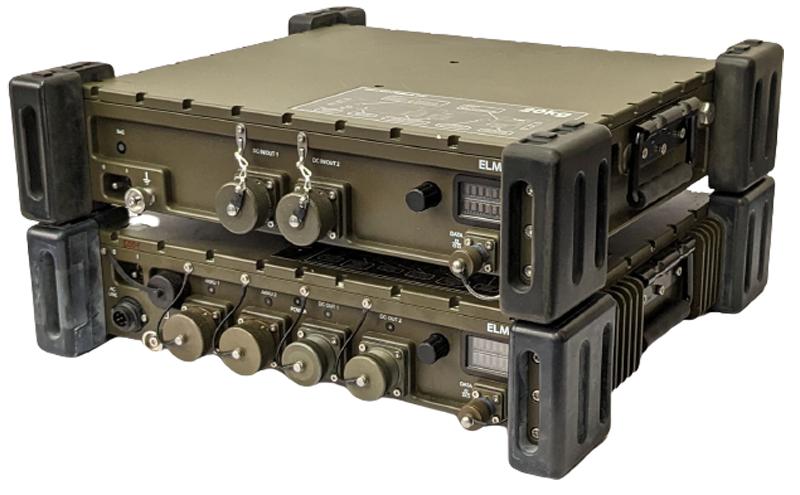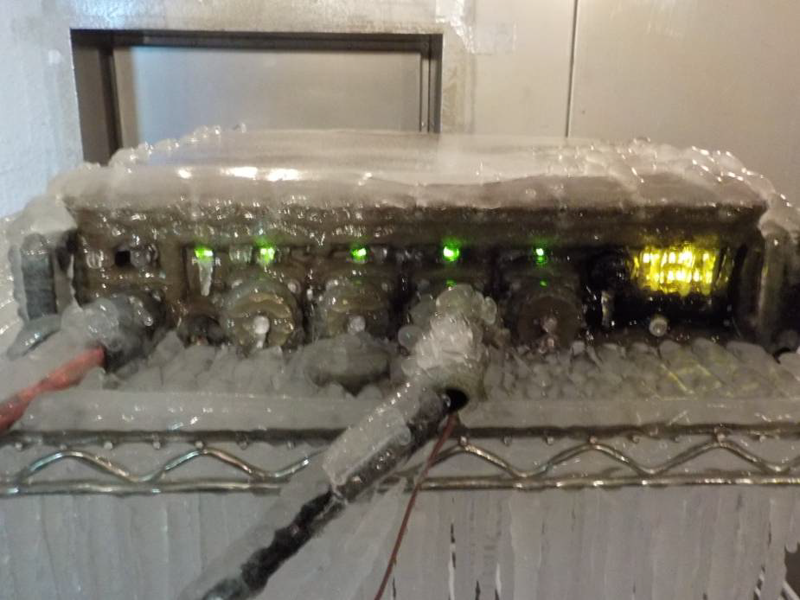In many critical field operations, reliable power is not merely a convenience—it's a lifeline. Engineers tasked with designing and deploying equipment in remote and challenging environments face a unique set of obstacles. Whether it’s for directional radio systems, emergency response communication setups, or mobile command units, power solutions must be capable of performing without fail under extreme conditions. Standard power equipment can fall short when used outdoors with no shelter, making rugged, versatile, and scalable solutions indispensable for maintaining uninterrupted operations.
Why Rugged Power Solutions Are Essential for Field Operations
The demand for a robust power supply arises when traditional setups cannot withstand the harsh realities of outdoor, unsheltered operations, and more importantly, when the power is needed in remote areas with no ready access to plug-in power. Equipment used in these conditions is often exposed to severe environmental factors such as temperature extremes, dust, moisture, and mechanical shocks. Engineers face the critical task of ensuring that power systems maintain uninterrupted performance despite these challenges.
Directional radio systems, for example, are commonly deployed in rugged terrain where protection from the elements is minimal. The equipment might need to be set up quickly in any weather—whether it’s scorching heat, freezing cold, or heavy rain—posing a significant risk to power reliability and system integrity. Additionally, drops or rough handling during transport can subject equipment to mechanical shocks that conventional power solutions simply aren’t designed to endure.
Technical Challenges for rugged and versatile power solution
The pursuit of a dependable and versatile power solution for harsh environments presents several technical challenges that engineers must address to ensure consistent performance and reliability. The following are criteria that are critical to designing a power system to withstand the very conditions they are meant to operate in:
-
Ensuring Mechanical Robustness: Outdoor equipment is prone to mechanical stress, which can come from falls, transportation impacts, or vibration. A fall from a height of 1.5 meters or exposure to intense vibrations can easily damage standard power units. Ensuring ruggedness requires special housing designs with uniform aluminum construction and designated shock absorption to disperse impact forces.
-
Achieving Environmental Resilience: Achieving an IP67 rating, which guarantees protection against dust and temporary water immersion, is not a trivial task for power equipment. Sealing the housing is necessary, but it also creates internal pressure issues when the unit heats up or cools down. Engineers must balance robust sealing with pressure regulation mechanisms to maintain performance across varying altitudes and temperatures.
-
Enabling Versatile Power Sourcing: The need for adaptable power sources is a recurring challenge in remote applications. Engineers must account for diverse power inputs, including different DC sources and standard AC power. This flexibility is crucial when grid power is unavailable, or multiple power sources are used in combination. Synchronizing AC/DC converters and ensuring compatibility across power modes require sophisticated design approaches.
-
Managing Heat Passively in Extreme Conditions: In harsh environments, relying on fans for cooling can introduce vulnerabilities. Dust and moisture can clog fans, leading to overheating and equipment failure. Therefore, passive cooling systems that can efficiently transfer heat from the internal components to the exterior are essential. Tough housings must be designed with high thermal conductivity materials and optimize the structure to facilitate natural convection.
-
Scaling Across Diverse Applications: In the case of Elma, our engineering team is often tasked with providing power solutions that work across mobile, semi-mobile, and stationary setups. In military applications, having a single adaptable power solution simplifies logistics and reduces the need for multiple UPS systems. Scalability enables operators to connect several power units in parallel, meeting varying power demands while maintaining a unified system architecture.
Elma’s RP24 power module is a real-world example of this stackable configuration that helps extend the available power of a remote system. Up to five units can be connected for a combined 4,500W of power in a single configuration. When paired with a modular power supply, like the RA24 where 10 units can be cascaded, the result is hours of reliable operation for several hours, regardless of the location. (Figure 2)

Click image to enlarge
Figure 2 : Elma’s RP24/RA24 Power System family is passively cooled and tested to IP67 for environmental protection. The units are modular and stackable to meet increasing needs for battery backup power
-
Meeting Strict Regulatory Standards: Compliance with rigorous military standards, such as MIL-STD-810G for environmental durability and ruggedness, and MIL-STD-461G for electromagnetic compatibility (EMC), is essential, especially for applications involving sensitive communication equipment. Engineers must ensure that the power solution can withstand harsh conditions without compromising its performance or causing interference with nearby electronics. Achieving this level of compliance often requires sophisticated synchronization of power modules, advanced filtering techniques, and meticulous shielding to minimize electromagnetic emissions and susceptibility, ensuring seamless operation in demanding environments.
Key Elements for Reliable Power Solutions
To address the challenges outlined above, engineers must focus on several essential aspects when designing a power solution for rugged environments:
-
Mechanical Design for Impact Resistance:Achieving mechanical robustness, engineers can implement uniform aluminum housings with dedicated shock absorbers, dispersing impact forces to improve durability and enhance heat distribution during operation.
-
Achieving IP67 Rating While Managing Internal Pressure:Environmental resilience involves designing housing seals to prevent dust and moisture ingress while incorporating pressure regulation mechanisms to handle temperature fluctuations across varying altitudes. This ensures the equipment remains operational across different environmental conditions without compromising its integrity. (Figure 3)

Click image to enlarge
Figure 3: To ensure reliable operation in extreme conditions, such as ice formation, Elma has designed the RP24/RA24 power system to meet IP67 conditions
-
Multi-Source Power Input Compatibility:Given the need for versatile power sourcing, power units should be designed to accept a range of input voltages from both DC and AC sources, enabling seamless switching and synchronization between them. This capability is critical for applications where the primary power source may be unreliable or intermittently available.
-
Passive Cooling Solutions:Implementing heat management strategies that rely on high-conductivity materials and housing structures to dissipate heat naturally. Avoiding the use of fans reduces maintenance needs and increases reliability in environments where dust and moisture are prevalent.
-
Modular and Scalable Configurations:Offering modular power solutions that allow for parallel connection of multiple units to expand power output as needed. This flexibility ensures that the same equipment can be used in mobile applications, mounted in vehicles, or integrated into fixed installations without requiring different configurations.
Configurations, like the RP24 and RA24 Power System, form a robust, versatile power solution designed for demanding military and industrial applications. This creates a portable, uninterruptible power system capable of operating in harsh environments and at high altitudes.
-
Compliance with EMC Standards:Employing advanced synchronization and filtering techniques to minimize electromagnetic interference. This ensures compatibility with other sensitive communication equipment, a critical requirement for military and industrial applications.
Setting a New Standard for Power Solutions in Extreme Conditions
The goal to meet this demanding task of designing power solutions for harsh and unpredictable environments was clear: to create systems that deliver ruggedness, flexibility, and scalability. Overcoming the technical challenges requires innovative approaches in mechanical design, heat management, power source compatibility, and regulatory compliance. By addressing these areas with precision, engineers can set a new benchmark for performance, ensuring that equipment remains reliable even in the toughest conditions. The path to robust power solutions lies in embracing these engineering strategies, paving the way for the next generation of resilient field operations.
Elma Electronic